Fluorescent lighting has been around for over 100 years. When compared to incandescent lighting, florescent lights have long been touted as energy-efficient, longer-lasting, and a great way to illuminate large spaces. However, as the Light-Emitting Diode (LED) continues to evolve, many experts and business owners have found sound reasoning in switching to this modern lighting. Below, our experts here at Action Services Group help explain why it may be time for you to invest in LED technology in our latest blog LED vs. Fluorescent Tubes.
What Is A Linear or Tube Fluorescent Light?
Fluorescent lights are part of the High-Intensity Discharge (HID) family. As such, they produce light through the use of a type of gas-discharge. Fluorescent lights typically consist of a glass outer tube that encases a thinner arc tube that is internally treated with a fluorescent coating. Within this arc tube, an inert mercury gas is contained. When an electrical charge is supplied to the arc tube, it excites the mercury gas and releases ultraviolet (UV) radiation. When the UV radiation interacts with the fluorescent coating, it creates light. Standard linear fluorescent lights are typically available in tubes that measure 48- to 84 inches in length.
CFL: A Compact Variant
While modern technology has created subsets of fluorescent lighting, it is not uncommon for users to mistake CFLs for linear fluorescent lights. CFL, which stands for Compact Fluorescent Light, are smaller versions of the standard fluorescent lighting we are talking about. While CFLs are available in linear shapes, they are more commonly coiled in appearance.
If you are using CFLs, check out our LED comparison blog to learn how these two light sources stack up. Read CFL vs. LED.
LED vs. Fluorescent Tubes Cost Savings
When it comes to retrofitting an older system or installing a new one, cost savings is often one of the biggest factors. When talking about lighting installations, the overall cost impacts need to take into account the overall energy consumption costs as well as those related to maintenance. Let’s take a closer look at how LED vs. fluorescent tubes stack up when it comes to cost savings.
Energy Savings
We have noted that florescent lights are considered more efficient than incandescent bulbs. However, nothing beats the energy savings when it comes to an LED. Fluorescent lights are omnidirectional. This means they emit light a full 360 degrees around the bulb itself. LED lights are one-directional, meaning they emit light in a focused 110-degree area.
But what does this mean to you?
Fluorescent lights will rely on the use of a reflecting plate. This causes an immediate reduction in lighting quality by 15%. In addition to this, a fluorescent bulb relies on heat to produce the UV radiation from mercury gases. When light is emitted in an omnidirectional manner, it means that heat escapes from all sides as well. This results in more power being needed to maintain the same level of lighting.
LEDs, on the other hand, do not require any heat to produce light and emit very little of it while in use. (Want an additional cost savings? By reducing the heat emitted by your lighting sources, you can also expect to decrease your air-conditioning use!) Additionally, fluorescent lights need time to warm up. While today’s technology has led to the development of florescent bulbs that warm up rapidly, they still suffer from a delay in reaching maximum illumination. LEDs reach full illumination immediately, meaning energy is not wasted on bringing the lamp up to the required temperature to produce mercury gas-based UV radiation.
Because lighting accounts for almost 40% of your entire power bill, every second you can cut down on powering light fixtures means money you save. Based on the direction, loss of heat, and reflection reductions – LED lights provide almost 70% more light when supplied with the same amount of energy as a fluorescent tube.
Did you know we have a whole education center based on Lighting and LED Product Education? We have an interactive center on both Fluorescent Lighting and Troffer Lighting that will give you an in-depth look at these types of lighting and the major benefits of converting to LED.
Maintenance Savings
When it comes to linear LED vs linear fluorescent lamp maintenance, LEDs again take the lead. Fluorescent tubes typically last between 3 and 5 years. However, because the internal ballast is rather fragile, should that component be damaged in any way, the lamp will no longer work. Should the ballast not be damaged, a fluorescent tube shows signs of light degradation as it nears the end of its lifespan. As the tube begins to die, the ends will blacken and the light will flicker, which can cause health issues for those exposed to it. (Headaches, migraines, eye issues, and epileptic seizures are just some of the potential concerns. Read more)
LEDs, however, last between 50,000 and 100,000 hours. Made of more robust materials and a simple solid-state diode assembly, LEDs are extremely durable and can withstand much more abuse and vibration than fluorescent lamps can. In fact, some linear LED manufacturers are so confident in their durability, they even offer a 10-year warranty on their lamps.
At the end of the day, whether you damage the ballast of a fluorescent tube or not, you will need to replace it 3.5 times more often than you will need to replace an LED.
LED vs. Fluorescent Tubes Quality of Light
When it comes to the expected quality of LED vs fluorescent tubes, experts again recommend LEDs for all our lighting needs. Why?
Performance
We have already discussed how robust an LED light is when compared to a fluorescent lamp. However, the spectrum of light that is available from LEDs far exceeds what is available through its fluorescent counterpart. Because of its inherent design, the entire color wheel is represented through the diodes used in an LED. This allows it to produce all shades of color, including even the slightest variations between bright white and natural light.
Fluorescent lighting, however, utilizes the blue, green and red color wheel. This gives the lighting an extremely artificial feel and has been known to increase the likelihood of headaches and eye problems. Furthermore, it can skew the colors of objects under them. Depending on what your business does, this can be an issue.
Lumens
Fluorescent lights produce between 50 and 100 lumens per watt. By comparison, LEDs can produce roughly 130 lumens per watt. For example, a T5HO Commercial LED tube light uses only 25 watts to produce an output of 3334 lumens. In other words, LEDs require fewer watts to produce a brighter light.
Efficiency Makes a Difference
Fluorescent lights are indeed more efficient than incandescent bulbs. However, when it comes to the LED vs fluorescent debate, experts agree that fluorescents pale in comparison. If you want to know how linear LEDs can enhance your property, contact Action Services Group today by calling 610-558-9773, email [email protected] or schedule a call!

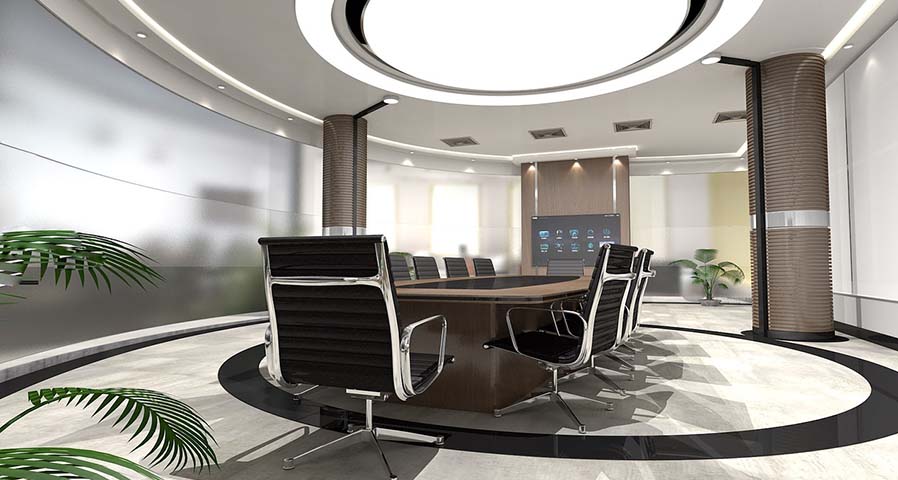
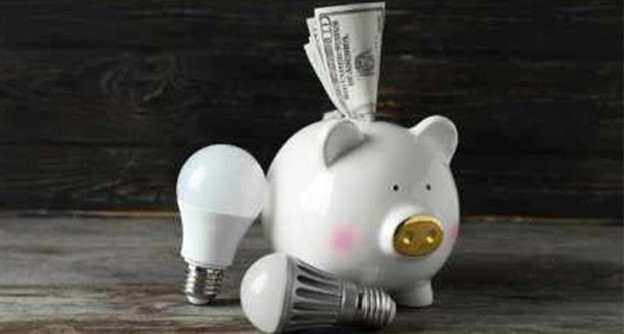
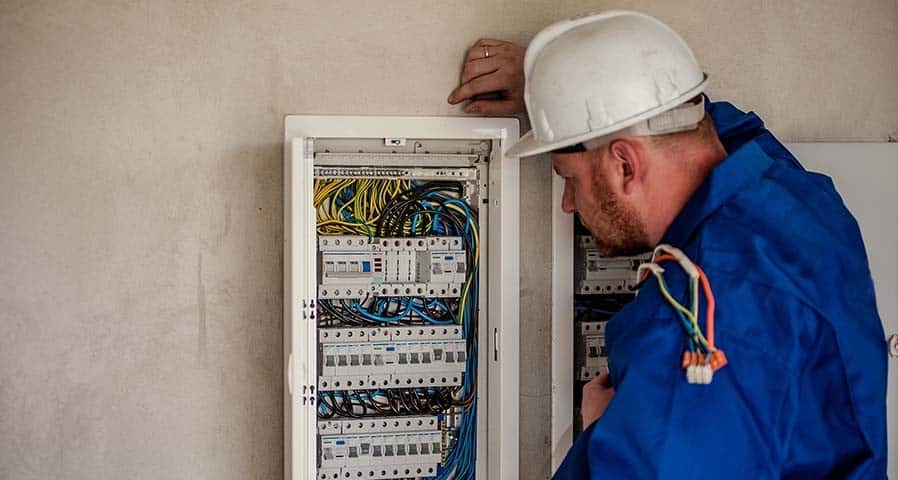
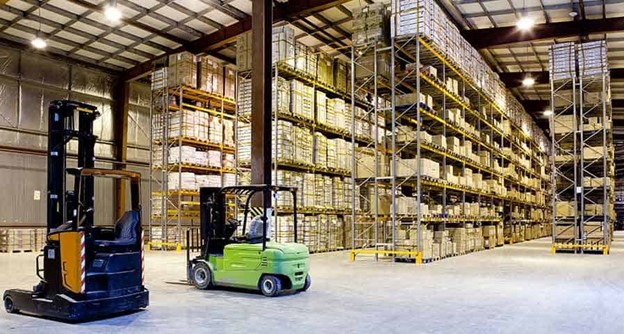
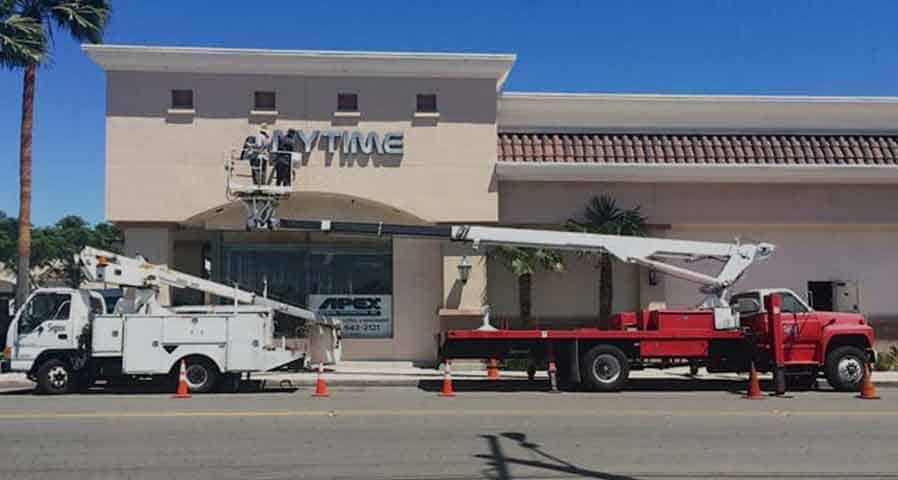

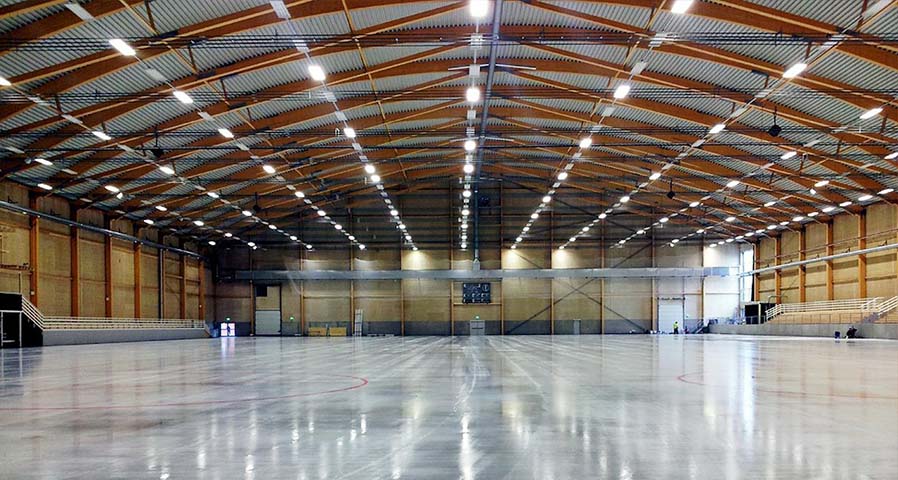







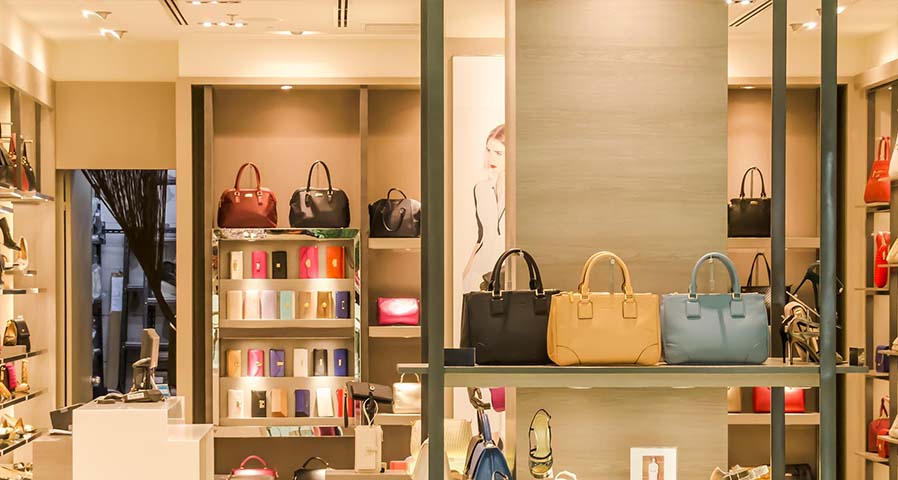
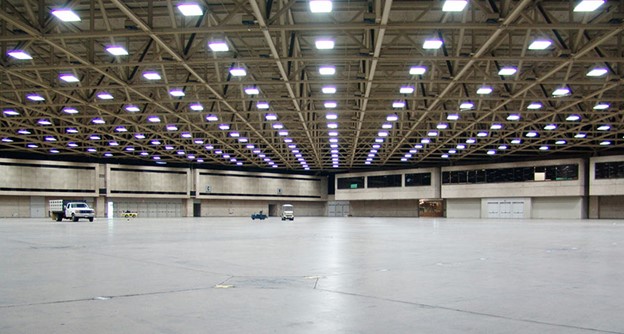
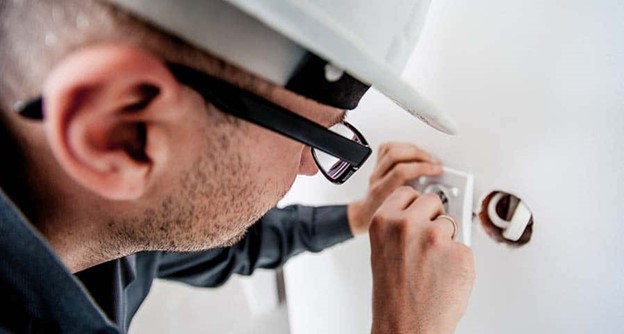
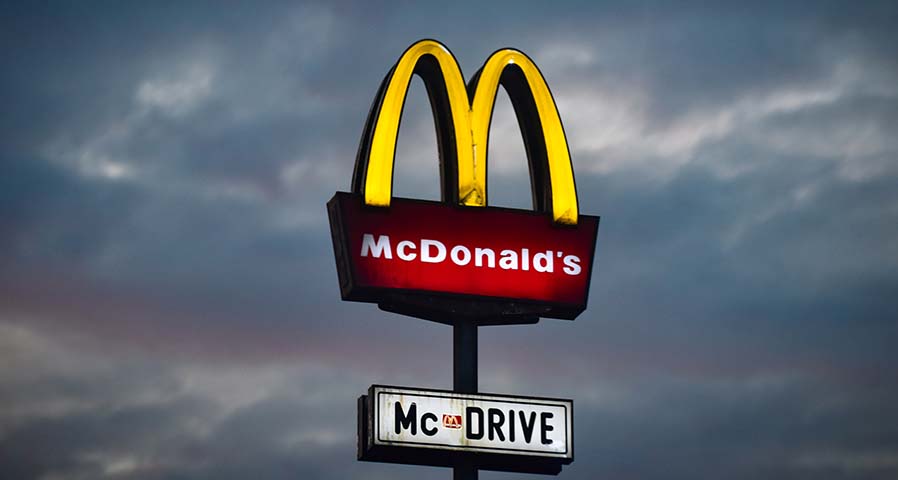
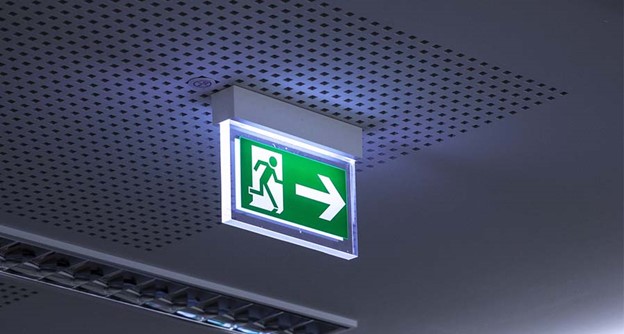
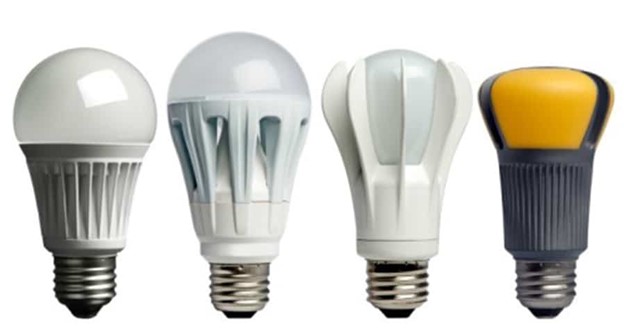
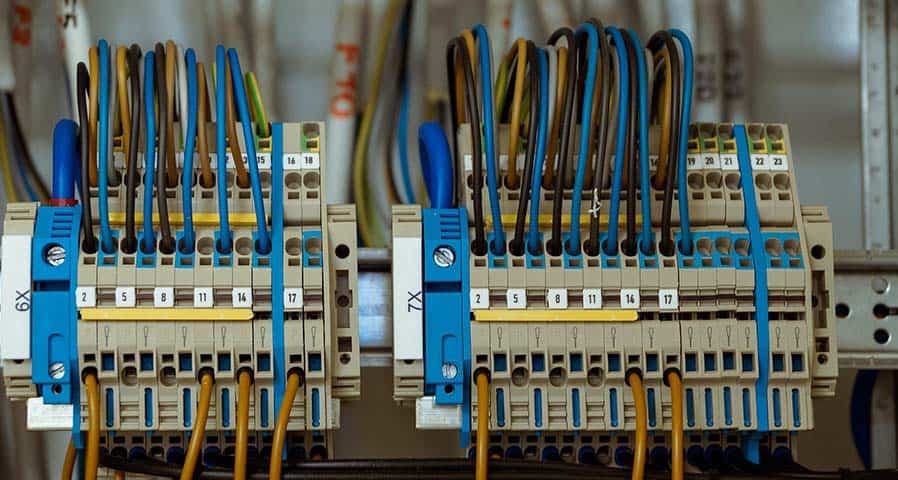
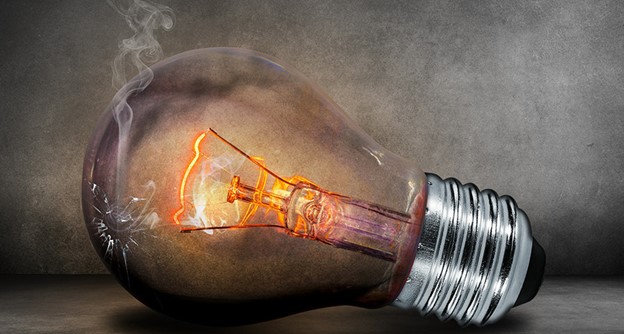
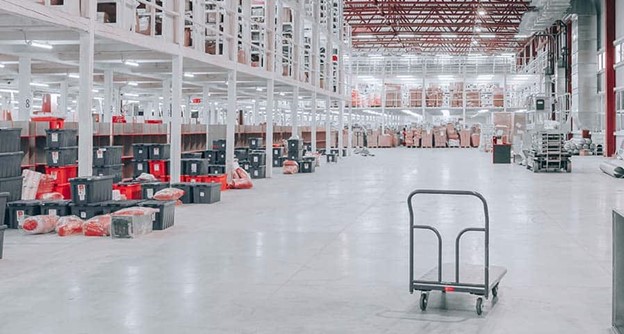

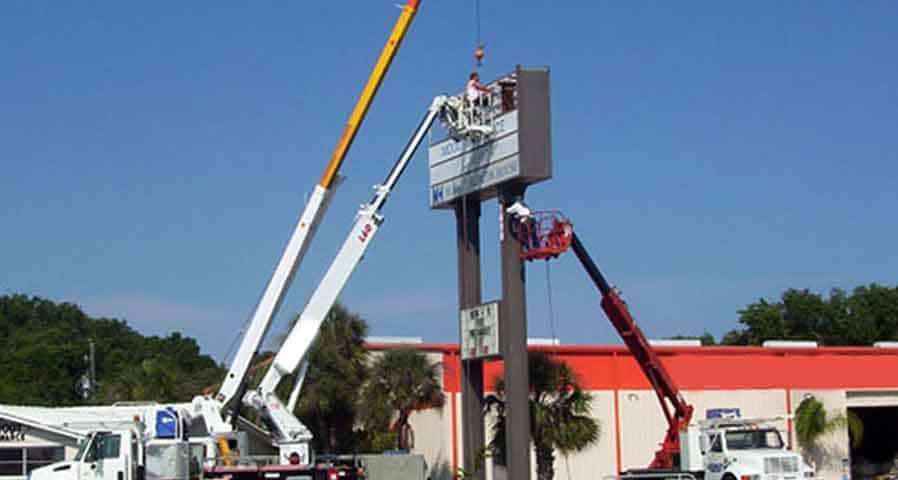

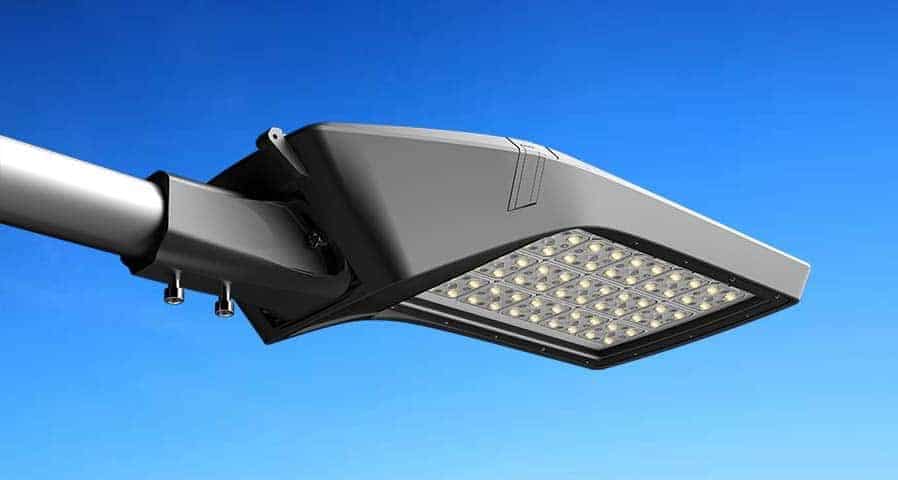
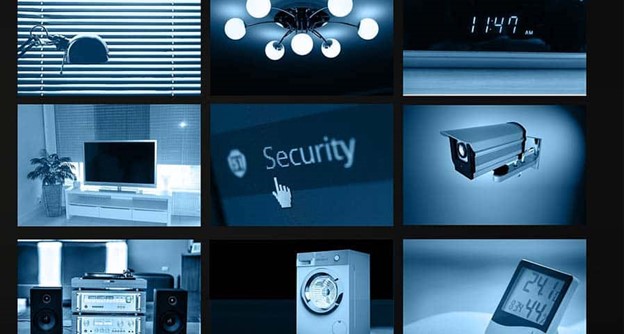
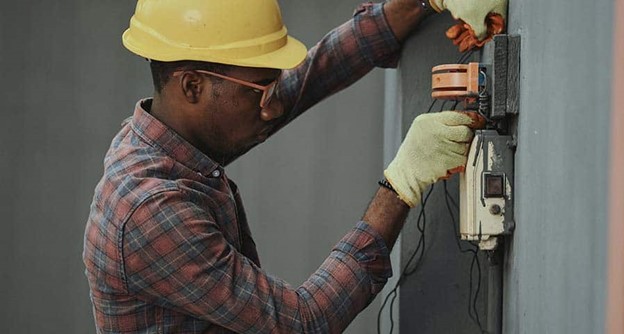
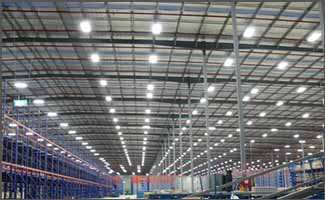
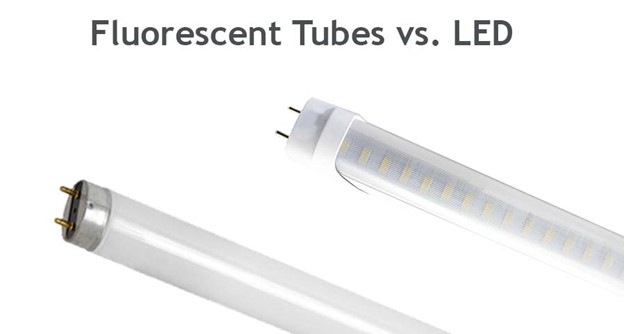








0 Comments